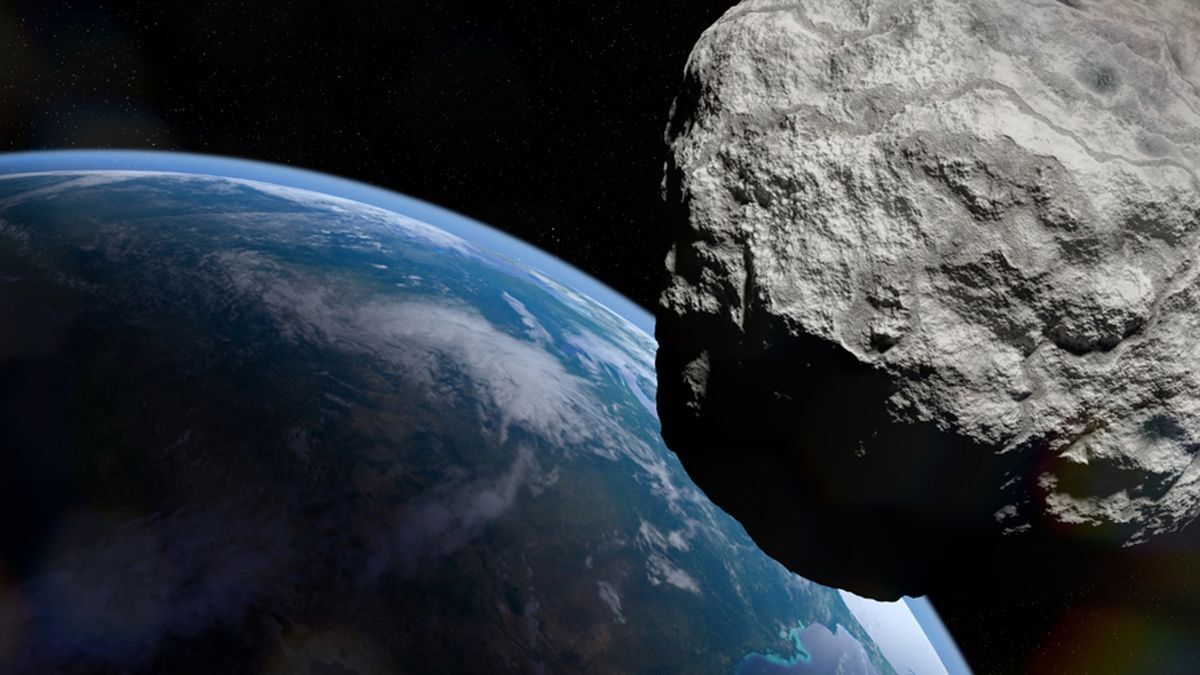In the wee morning hours on Sunday (Jan. 21), a tiny asteroid came hurtling through the sky and smashed into Earth’s atmosphere near Berlin, producing a bright but harmless fireball visible for miles around. Such sightings typically occur a few times a year — but this one was unique because it was first detected by scientists roughly three hours before impact — only the eighth time that researchers have spotted one of these space rocks before it hit.
The asteroid, dubbed 2024 BXI, was first discovered by self-proclaimed asteroid hunter Krisztián Sárneczky, an astronomer at the Piszkéstető Mountain Station, part of Konkoly Observatory in Hungary. He identified the cosmic rock using the 60-cm Schmidt telescope at the observatory. Shortly after the space rock’s discovery, NASA gave a detailed prediction of where and when the meteor would strike.


As far as I can tell, after a bit of a bumpy start they are pretty much ending their lifespan as predicted and starlink is also now reported to be cash flow positive.
So good luck with the whole “end LEO internet constellations” thing.
Instead perhaps we should push for a mandate for constellation sats to have a small spacewards-looking scope. There’s enough of them up there that you can trade a small field of view for good light gathering capacity as each one doesn’t have to survey large areas of the sky at once. The 4000 or so up there would give an excellent aggregate all-sky view for this kind of work.